Category
Blog
Date
June 17, 2025
Author
Marco

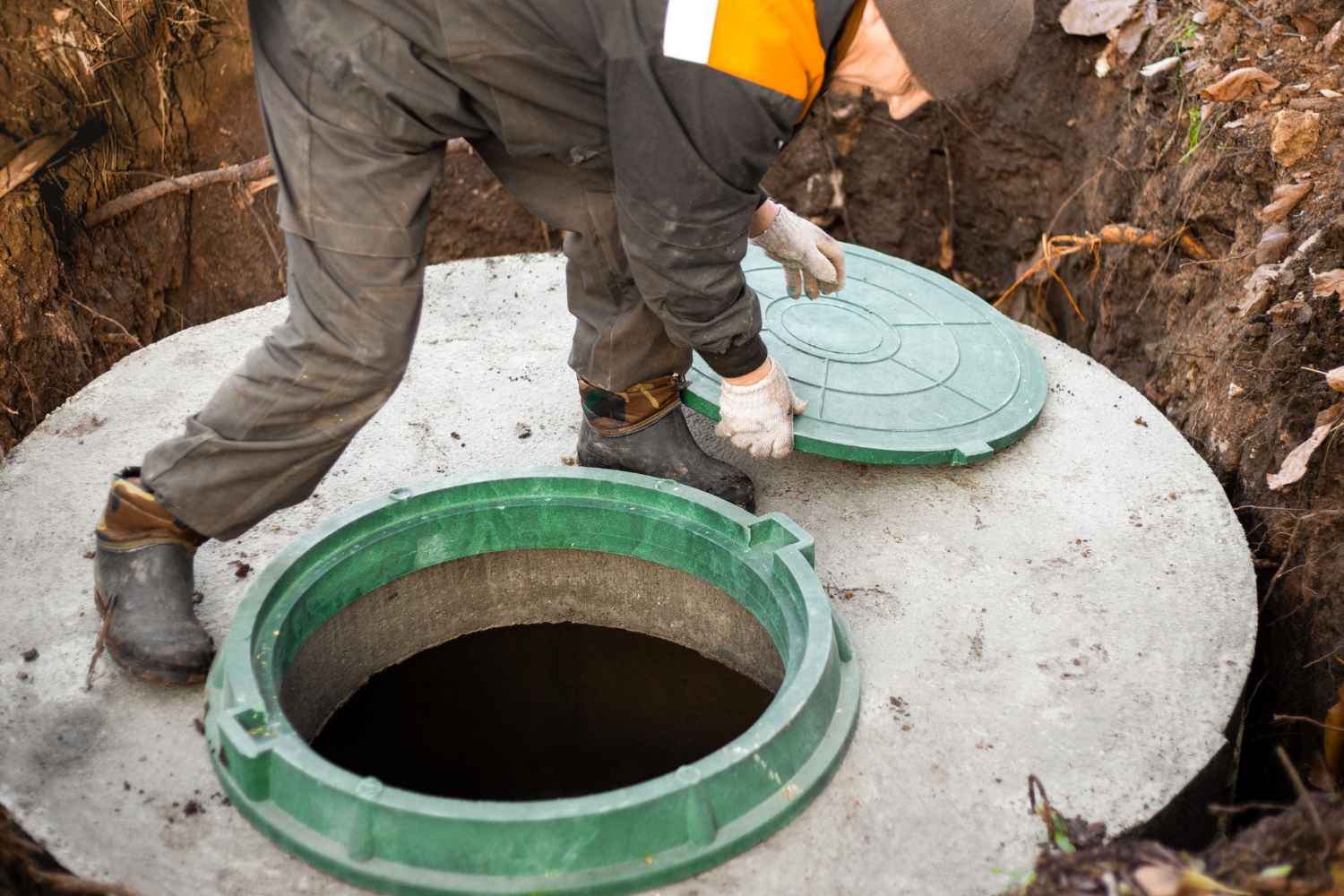
People live in all kinds of areas and regions. Some are remote, and some are also urban — and not everyone has access to the main sewage systems in the UK. So, how is their wastewater managed? That’s what septic tanks are for. In this UK-focused guide, we’ll help you find the perfect septic tank size using an easy-to-read chart, regulations, and expert tips.
A septic tank is an underground wastewater treatment system commonly used in rural and semi-rural UK properties. It stores wastewater, allowing solids to settle and undergo a natural breakdown process using anaerobic bacteria. The separated liquid, or effluent, then flows to a drain field where it soaks into the soil.
The main components of septic tanks are:
The size of your septic tank is typically based on the number of bedrooms and expected daily water usage. Below is a general UK size chart:
| Number of Bedrooms | Estimated Occupants | Tank Capacity (Litres) | Tank Capacity (Gallons) |
|---|---|---|---|
| 1–2 | 1–3 | 2,700L | 600 gal |
| 3 | 4–5 | 3,800L | 850 gal |
| 4 | 5–6 | 4,500L | 1,000 gal |
| 5+ | 6–8 | 5,700L+ | 1,250+ gal |
Tip: The Environment Agency recommends septic tanks no smaller than 2,700 litres for a single bedroom home.
The number of bedrooms is a key factor in estimating your household’s peak water usage. More bedrooms = more potential occupants = a larger tank needed. On average, one person produces 100–150 litres of wastewater per day.
If you use washing machines, dishwashers, or take long showers daily, your water usage will be higher, requiring a bigger tank.
If your soil drains poorly, your system will need a larger tank and possibly a bigger drainage field. A percolation test can help determine this.
Under the Environment Agency’s General Binding Rules, septic tanks installed in England must:
If you plan to extend your home or have more occupants in the future, choose a tank one size larger than your current needs. This saves on costly upgrades later.
Septic tanks are essential for wastewater management in many UK homes. Choosing the right size ensures efficient operation, saves money, and prevents environmental harm. For expert septic tank advice, installation, and maintenance, contact Fast Drains — we handle everything from sizing to compliance checks.
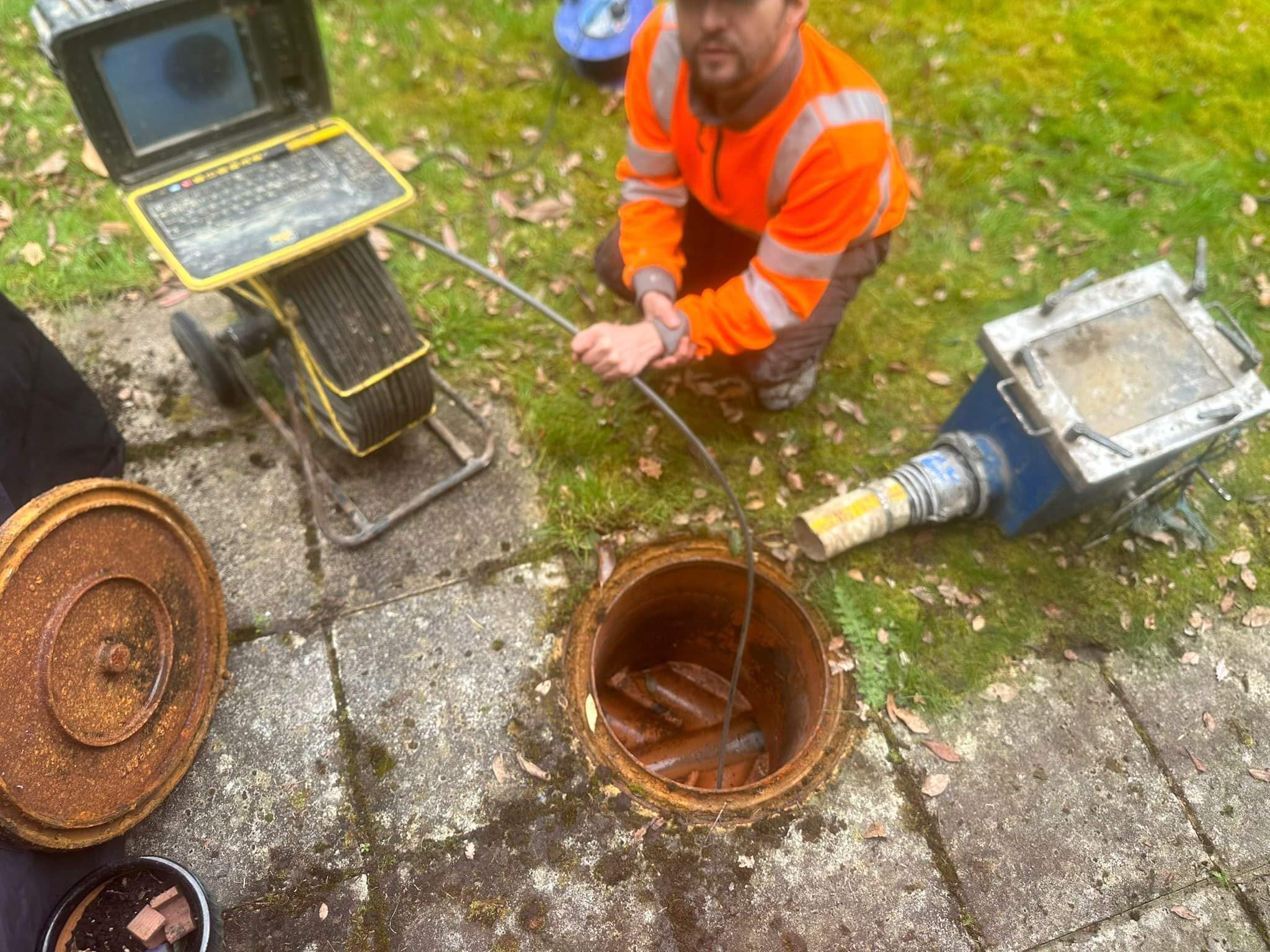

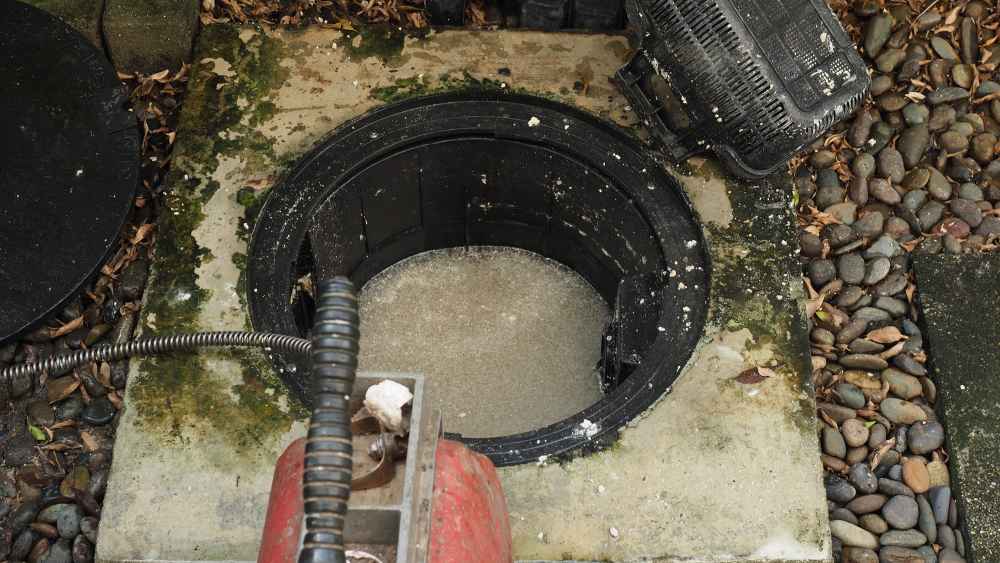


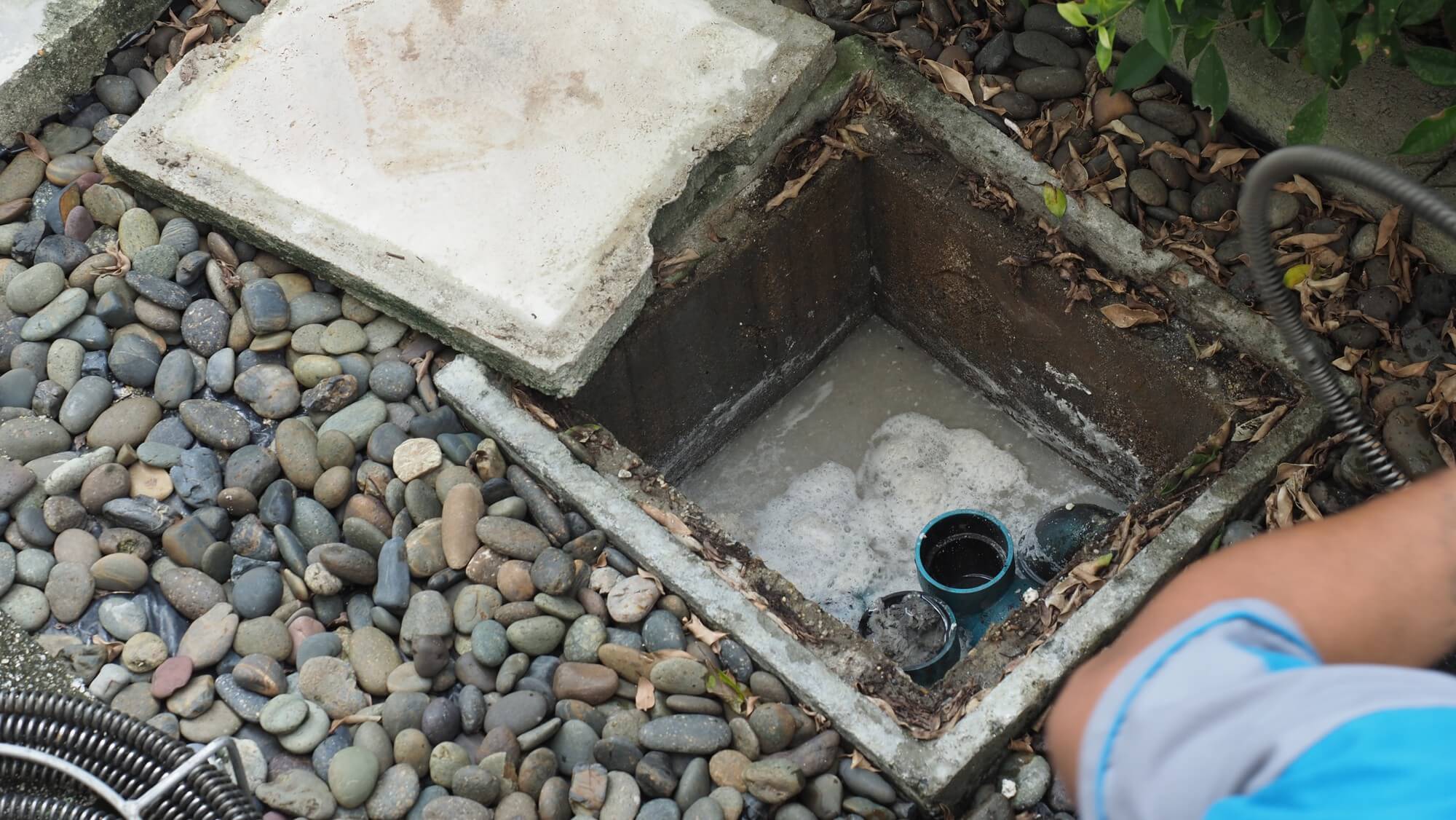

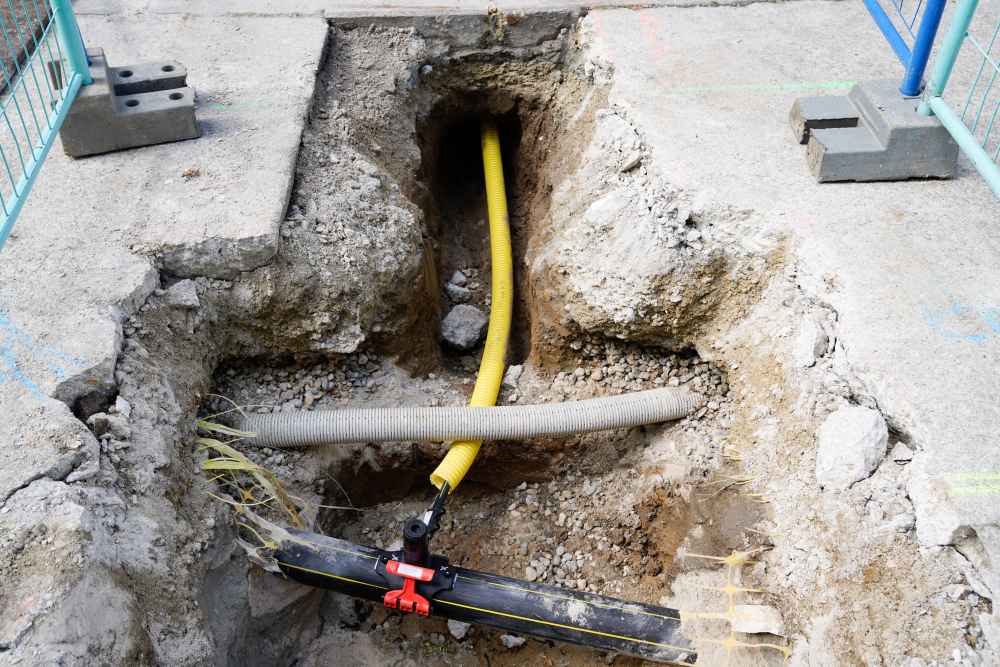
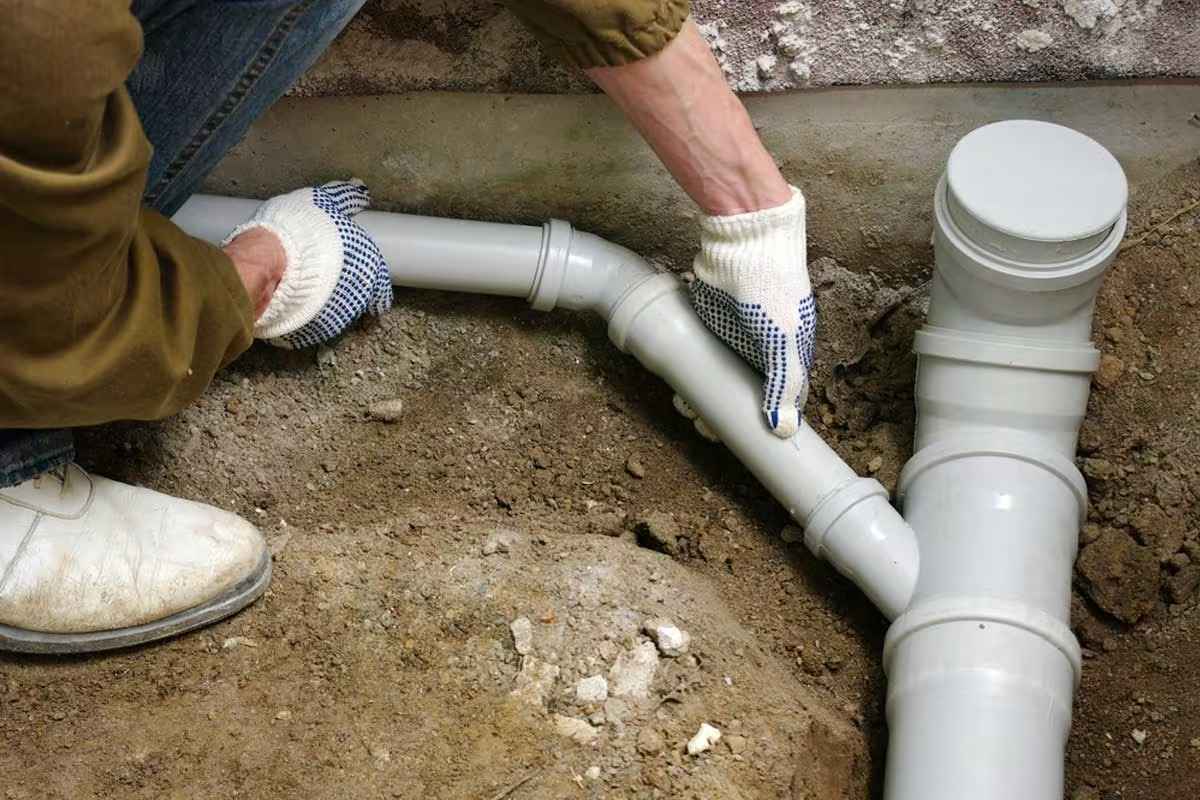
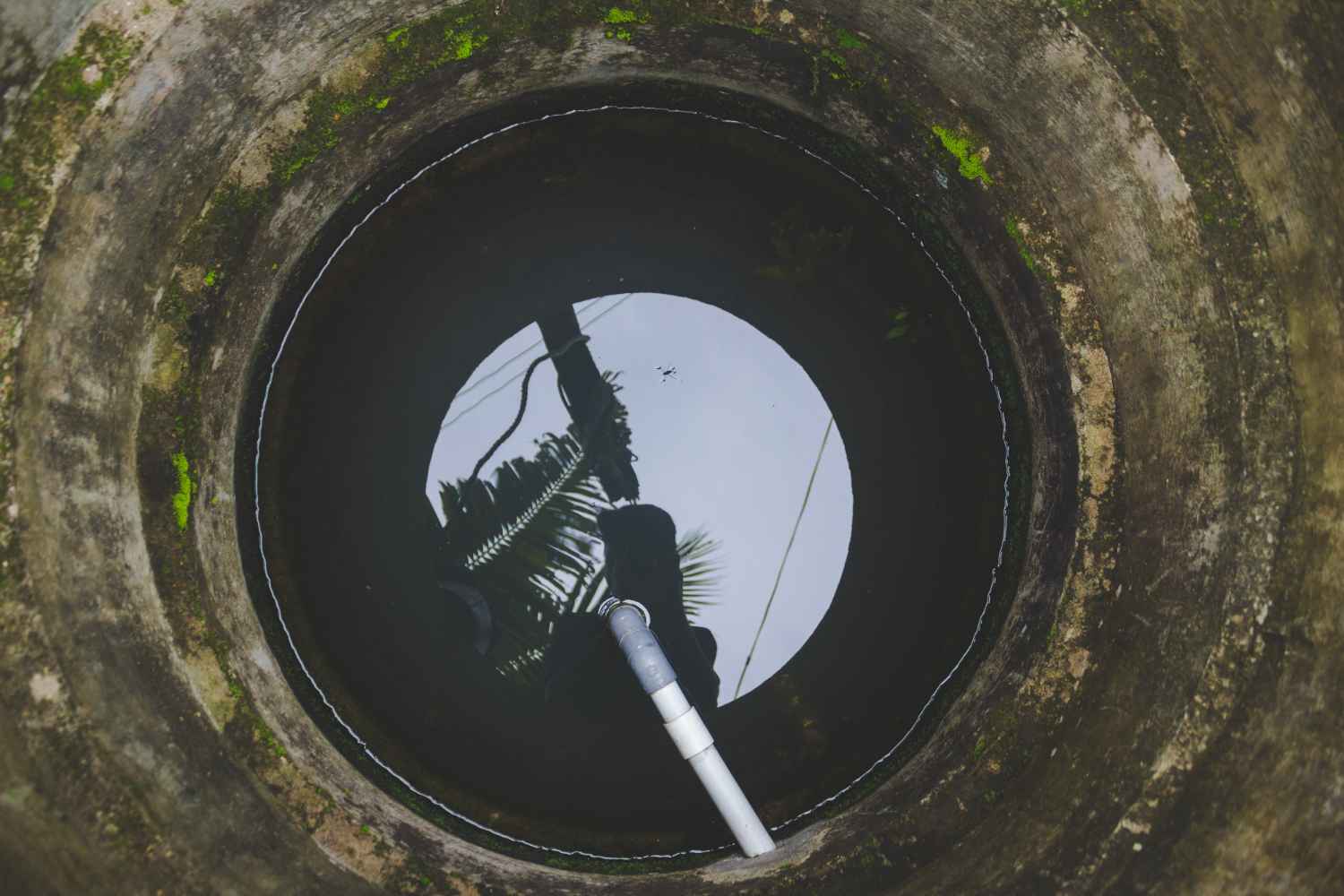
Areas we cover
Basingstoke | Southampton | Guildford | Bournemouth | Poole | Portsmouth | Crawley | Dorchester | Peterborough | Newbury | Christchurch | Gillingham | Swindon | Winchester | Reading | Oxford | Slough | Abbotswood | Sterte | Ascot | Stoughton | Broadstone.